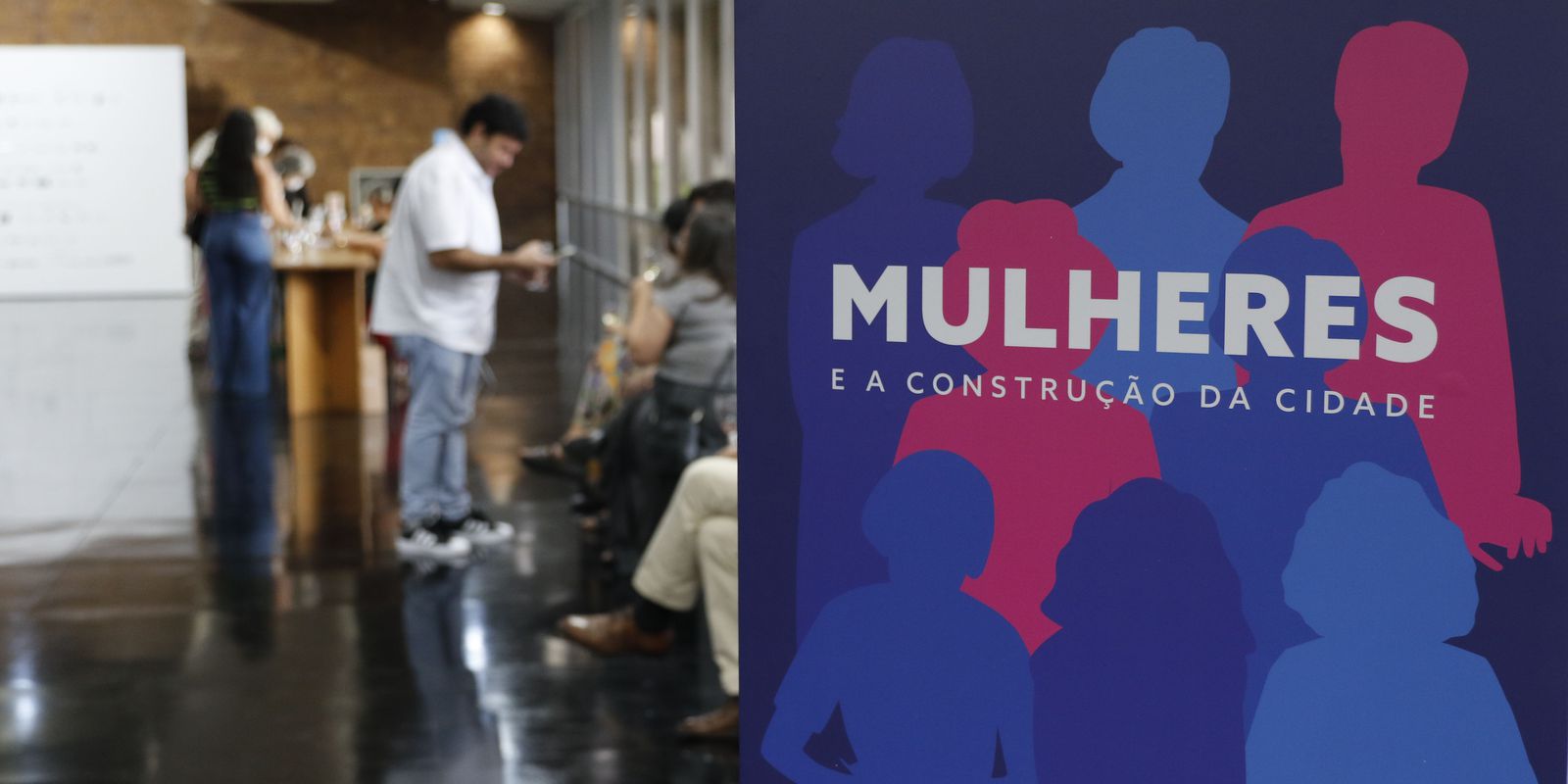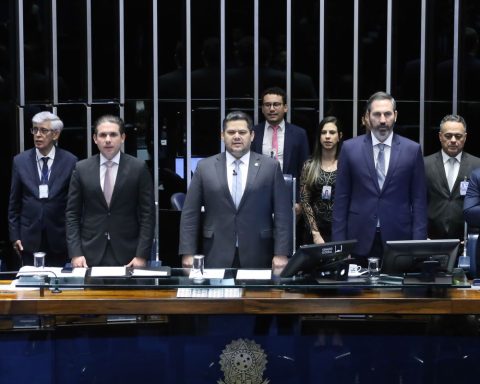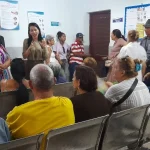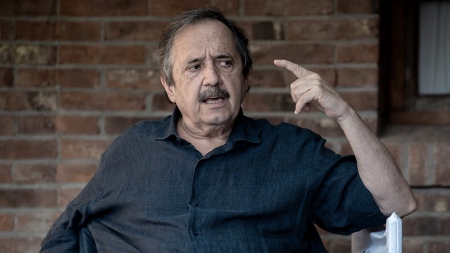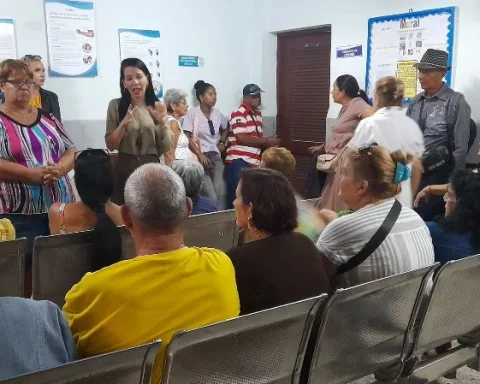The book Women and the construction of the city: stories of urbanism in Rio de Janeiro, launched last week at the Museum of Modern Art (MAM-Rio), presents the trajectory of eight urban planners who contributed to the planning, formation and design of the capital of Rio de Janeiro . They are: Angela Fonti, Carmen Portinho, Helia Nacif, Iracy Ozorio, Leticia Hazan, Nina Rabha, Olga Campista, and Verena Andreatta.
The work was idealized and organized by the former president of the Instituto Rio Patrimônio da Humanidade, Claudia Escarlate, and had the support of the current president, Laura Di Blasi, for its completion. Claudia says that, with the approach of the Rio Capital architecture congress in 2021, it was high time to publicize the invisible work of women urban planners who worked in the 20th century.
In love with Rio
“The landscape protected by Unesco, the Rio de Janeiro with the bike paths and the MAM have behind them a series of architectural, artistic and cultural actions built over the last century by women public servants who are passionate about the city. They were chosen for their representativeness and for being, for the most part, the first ones that paved the way for us”, said the architect and urban planner.
“For example, Carmem Portinho was the first woman to work with works in the city of Rio de Janeiro and had an enormous contribution to modern architecture in Rio de Janeiro, Angela Fonti was the first woman to assume the Secretariat of Works and Helia Nacif, the first to assume the Urbanism portfolio”, added Claudia.
The organizer of the book points out that traditionally men were at the forefront in urban planning and urban works. “Historical records about women are few. We cannot go back and the memory contained in these biographies strengthens women now that many assume important positions in the municipal board”, adds Claudia.
Paula de Oliveira Camargo, an architect and urban planner at the Instituto Rio Patrimônio da Humanidade, researcher and author of two profiles of the work, recalls that four urban planners portrayed are still alive: Angela Fonti, Leticia Hazan, Olga Campista and Verena Andreatta.
“Helia Nacif died during the research period. Those that are alive were interviewed and profiled based on interviews with them. Those who have passed away, interviews were conducted with family and friends and research was carried out in the collection, publications and digital library”, recalls Paula.
In Paula’s assessment, the trajectory of these eight women is inspiring not only for those interested in the subject, but also for young architects, urban planners and students who want to work in the public sector and in the theme of cities. “I think the book can be an inspiration for the new generations and for public servants who so often have their work made invisible in their daily lives”.
The book is published by the City of Rio in partnership with TIX Edições e Arte.
